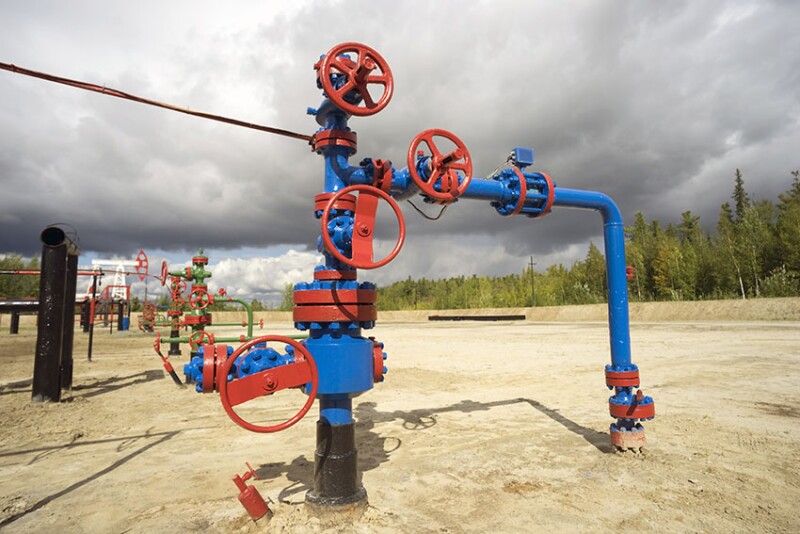The complete paper presents an artificial lift timing and selection (ALTS) methodology based on a hybrid data-driven and physics-based work flow. The proposed method predicts future unconventional reservoir inflow performance relationship (IPR) consistently and allows for continuous evaluation of ALTS scenarios in unconventional reservoirs with multiple lift types and designs. Continuous use of this process has been shown to improve production, reduce deferred production, and extend the life of lift equipment.
Introduction
The intent of the work flow is to maximize the positive economic impact of a well. The authors write that, to their knowledge, incumbent methods do not include the effect of subsurface performance.
×


Continue Reading with SPE Membership
SPE Members: Please sign in at the top of the page for access to this member-exclusive content. If you are not a member and you find JPT content valuable, we encourage you to become a part of the SPE member community to gain full access.

